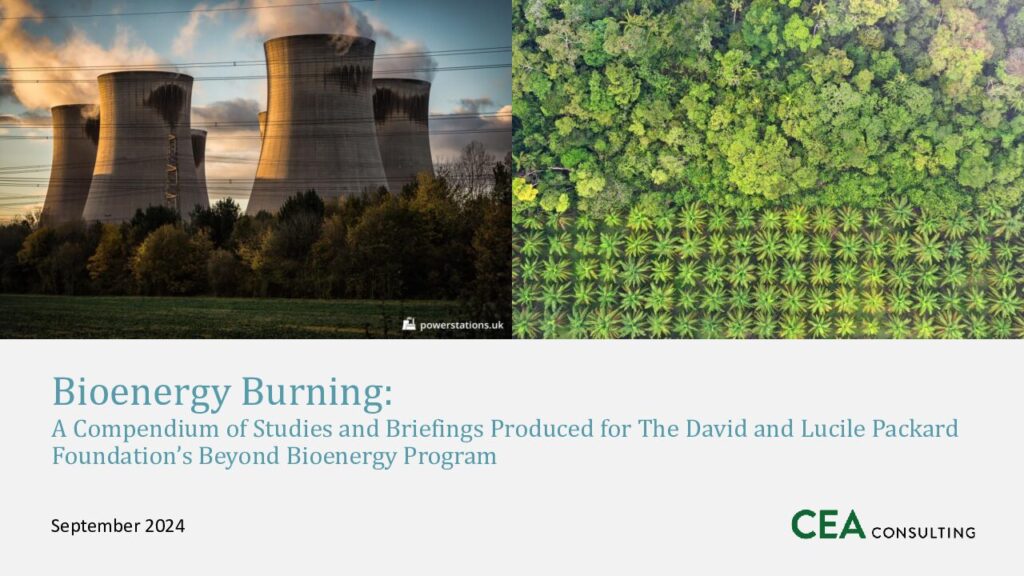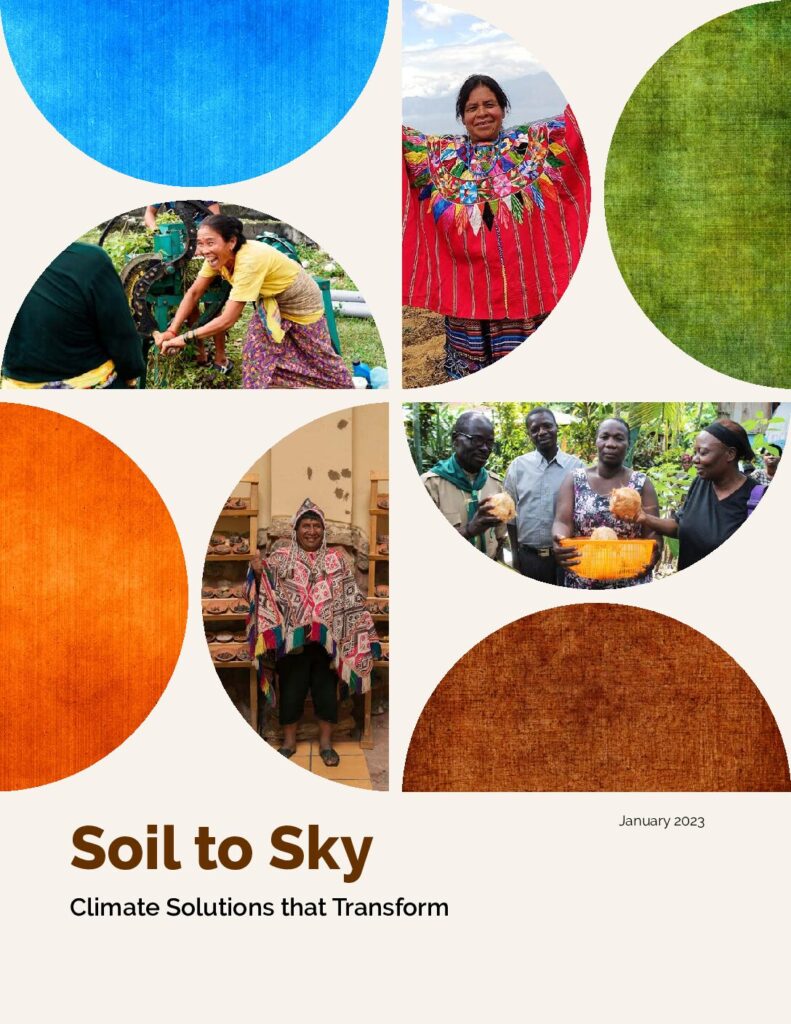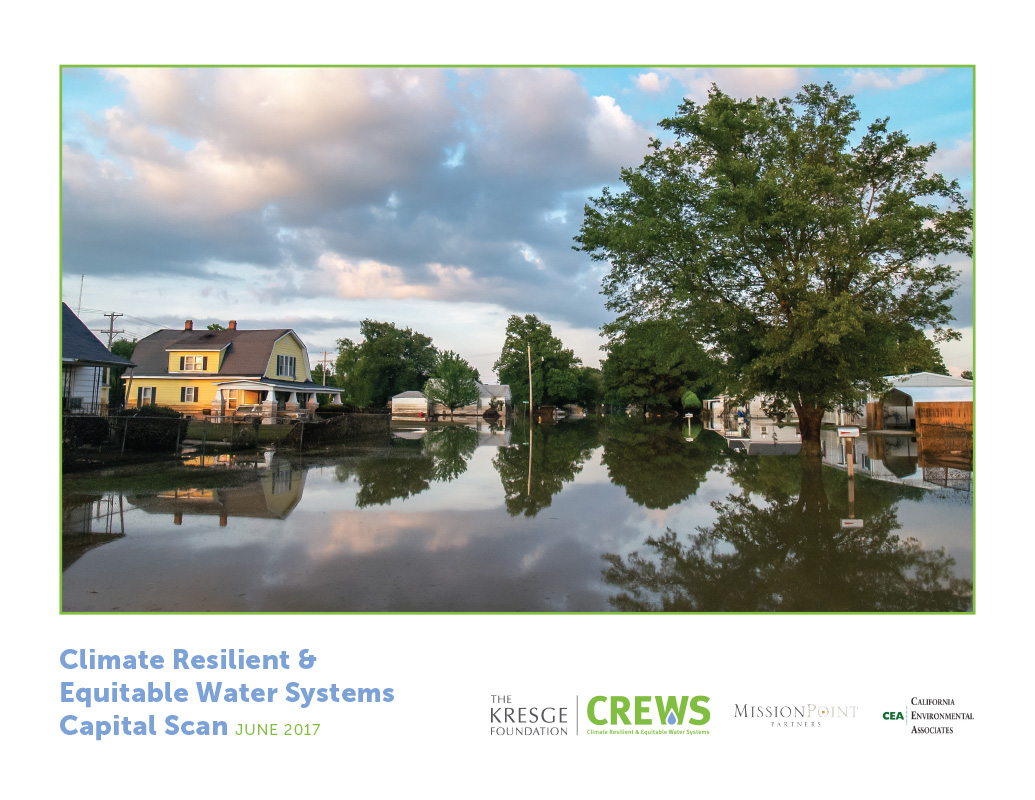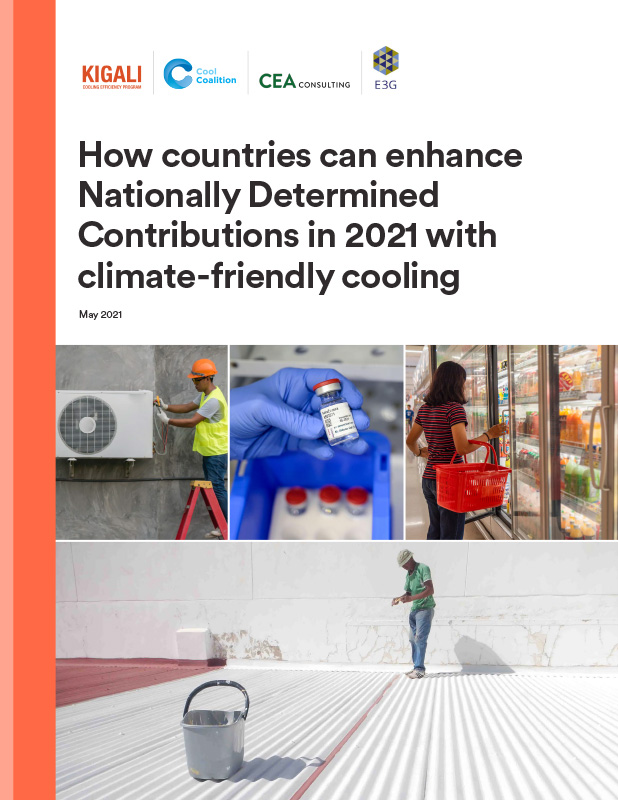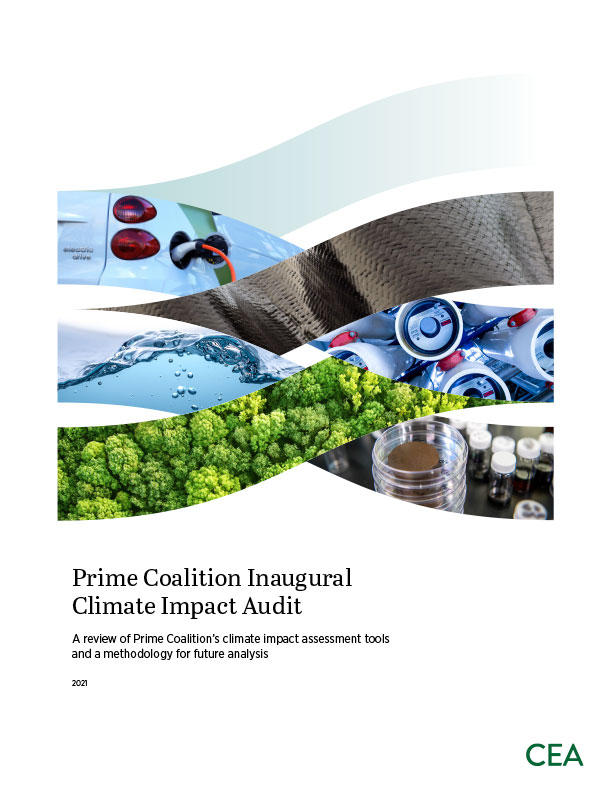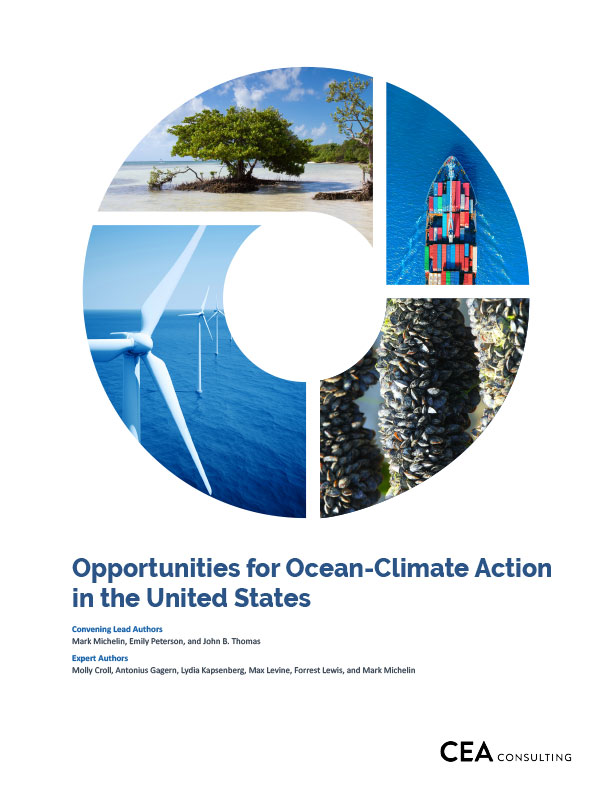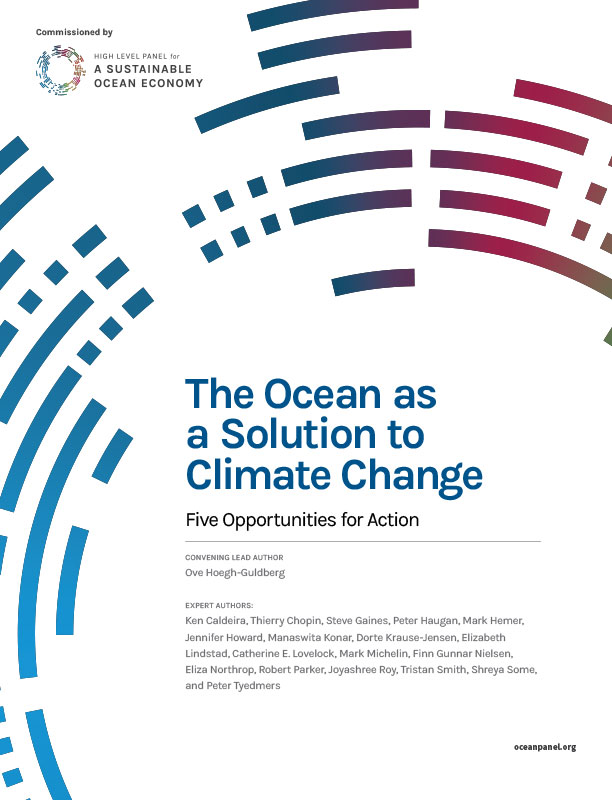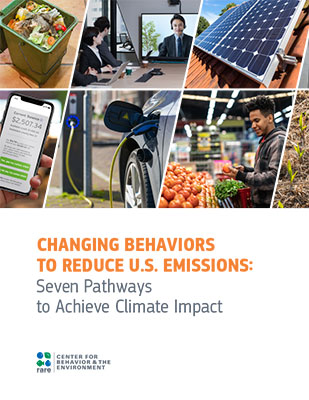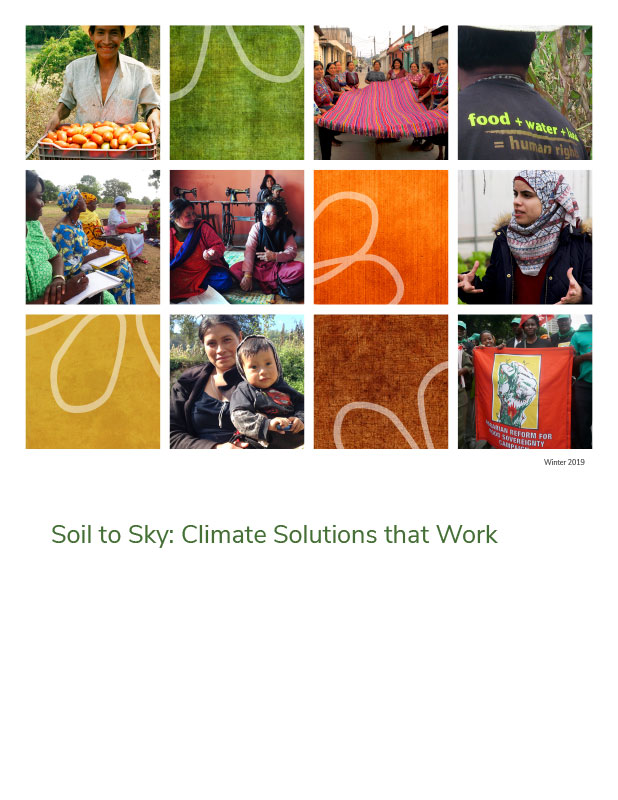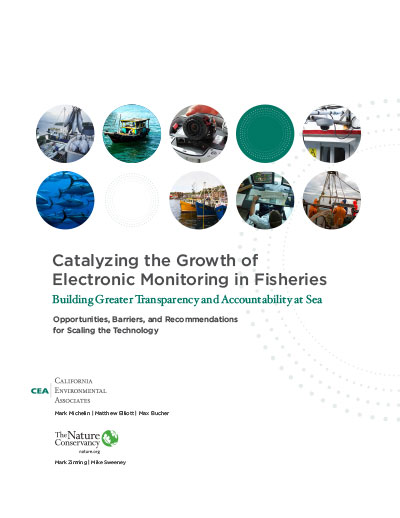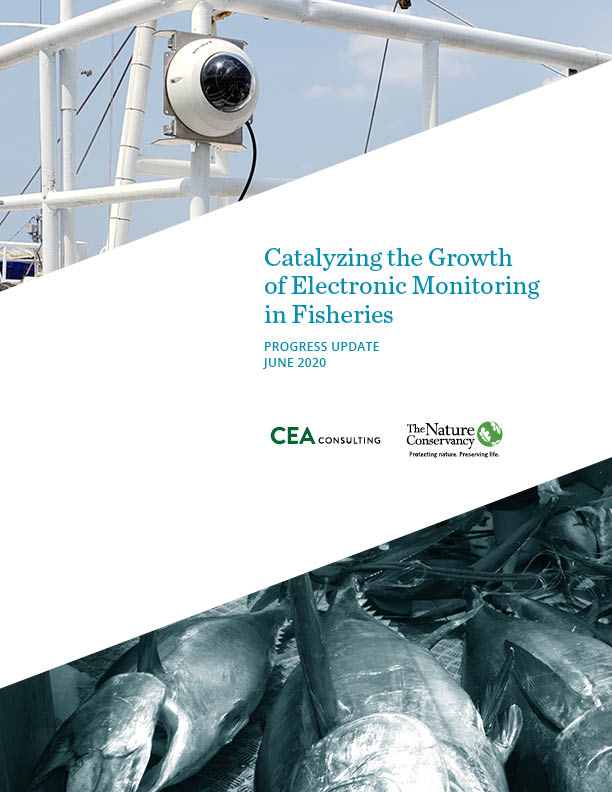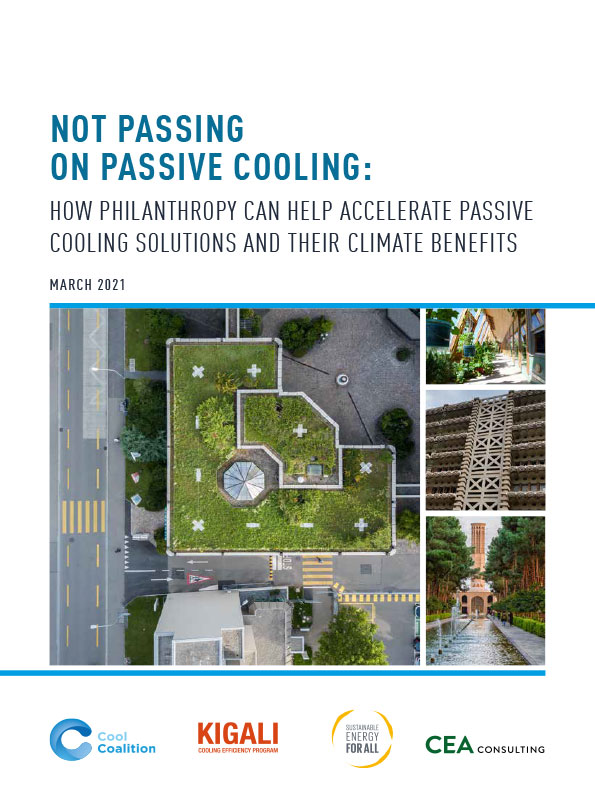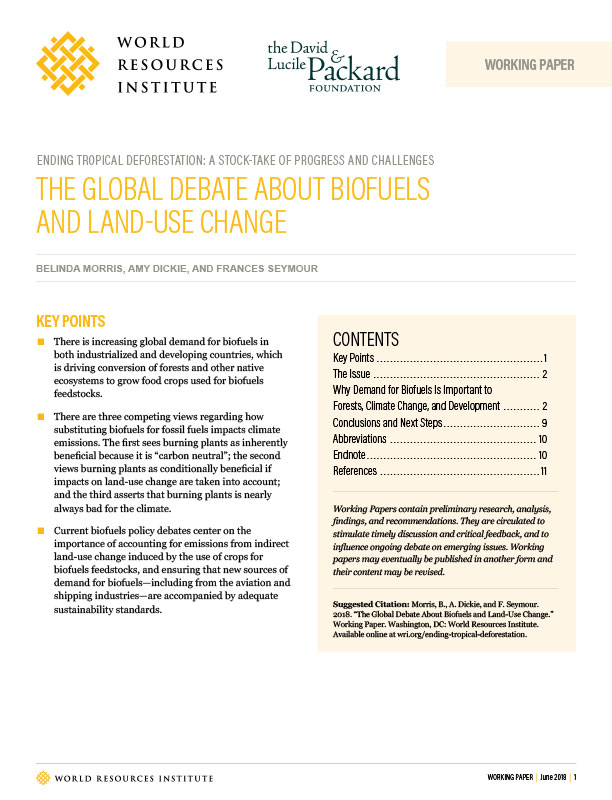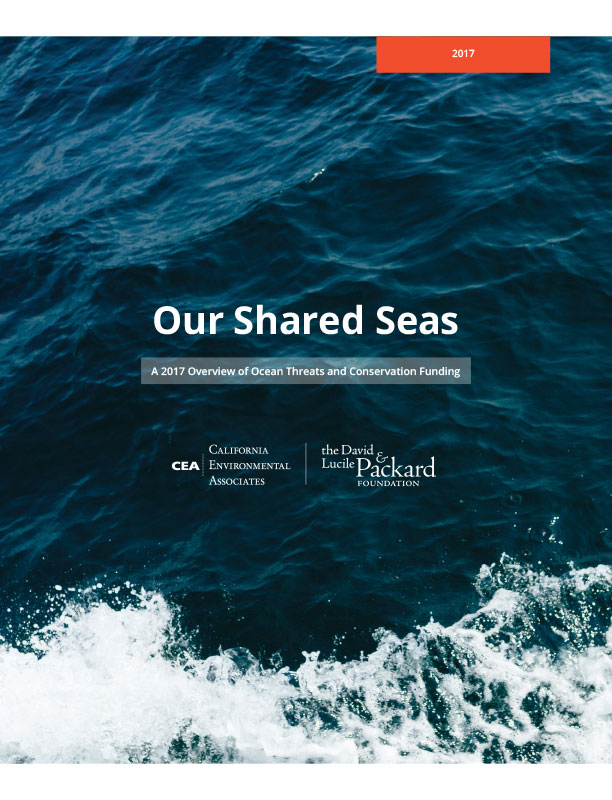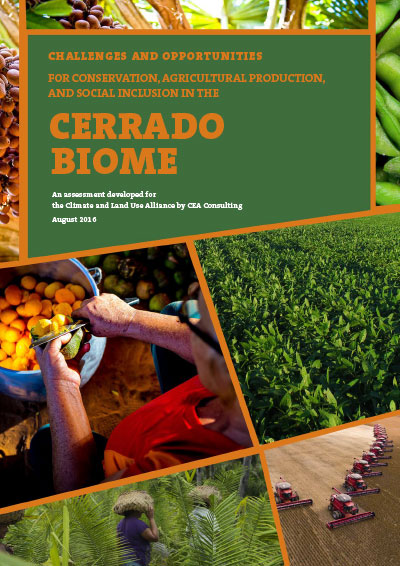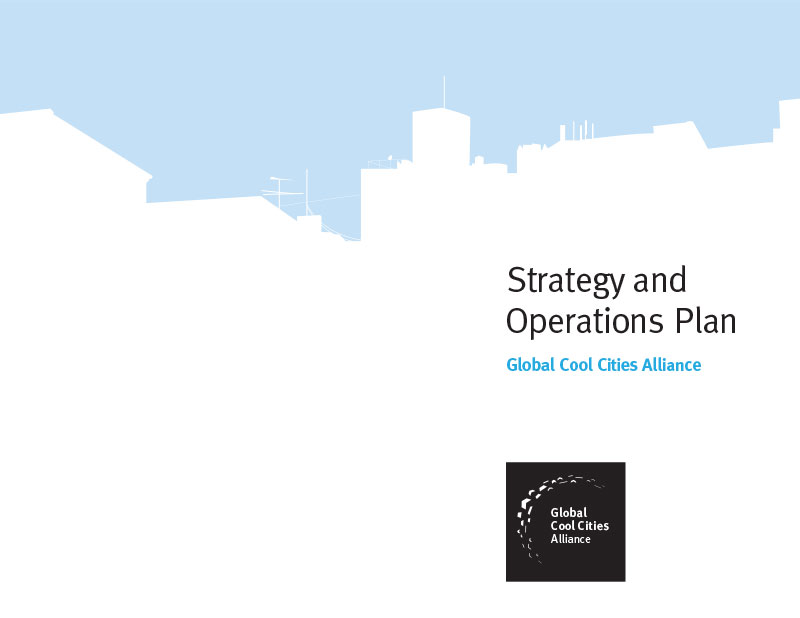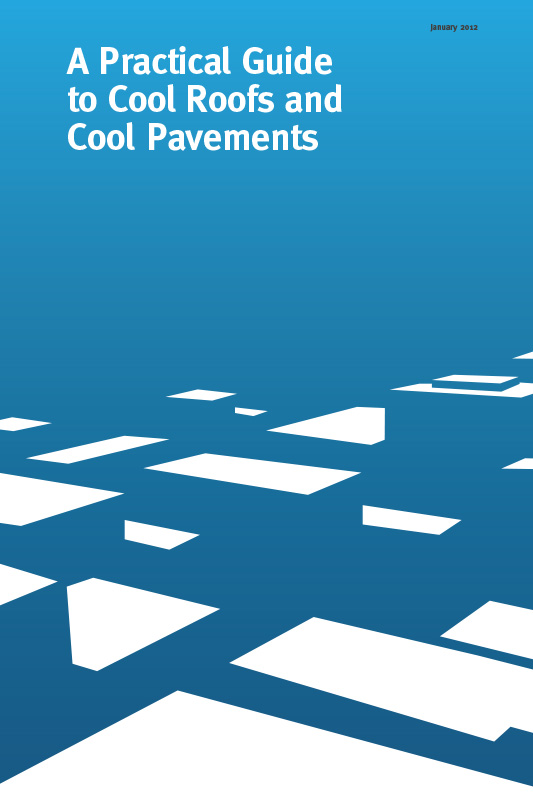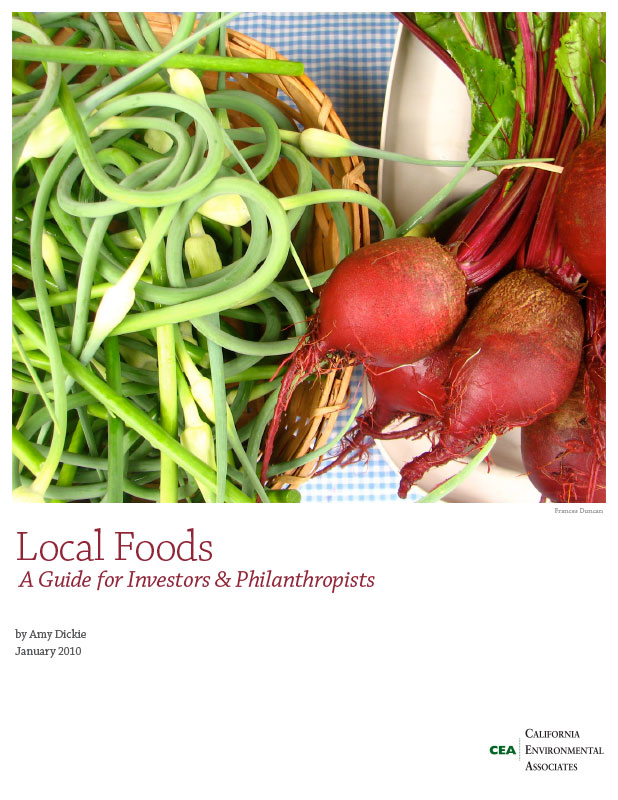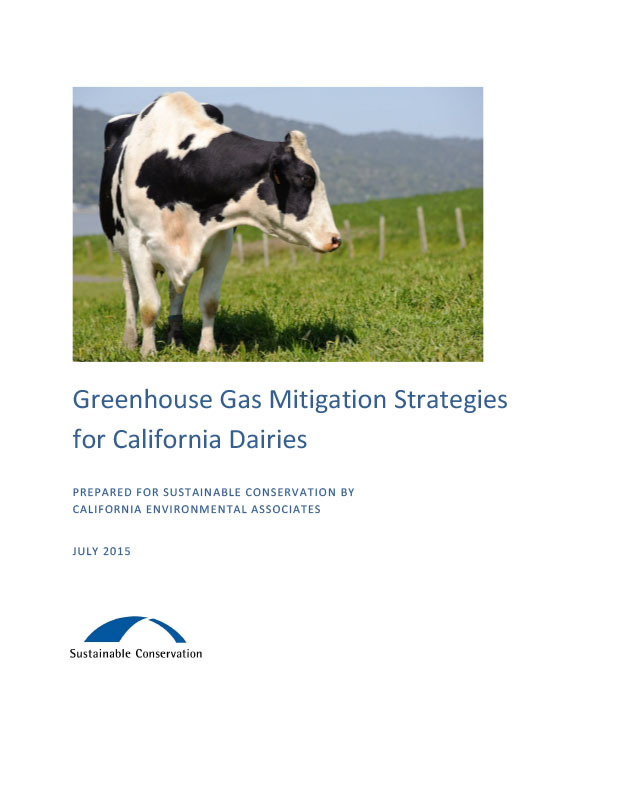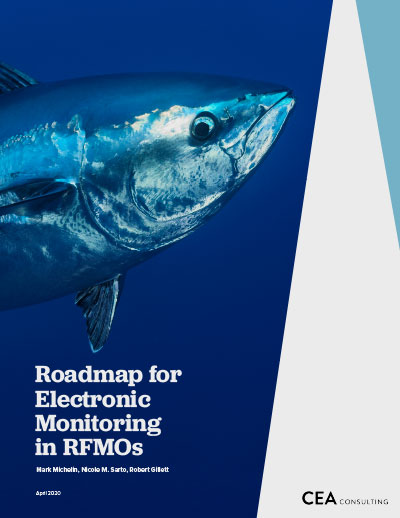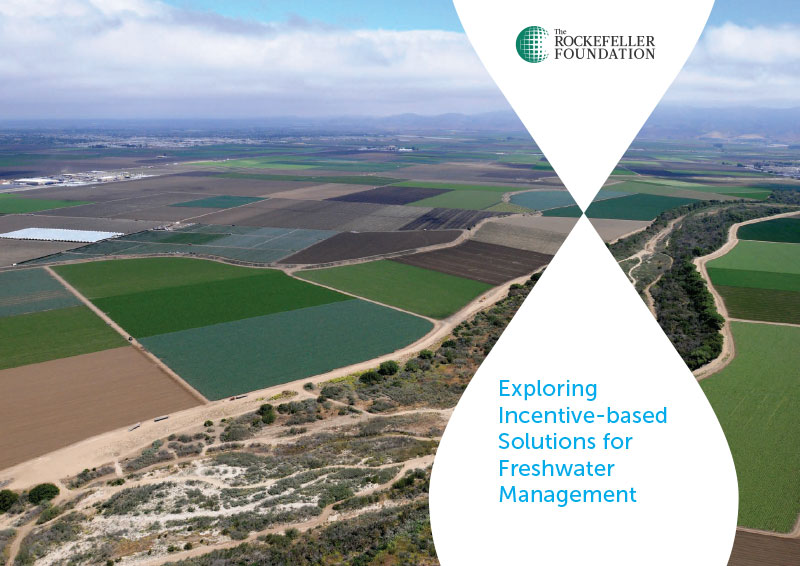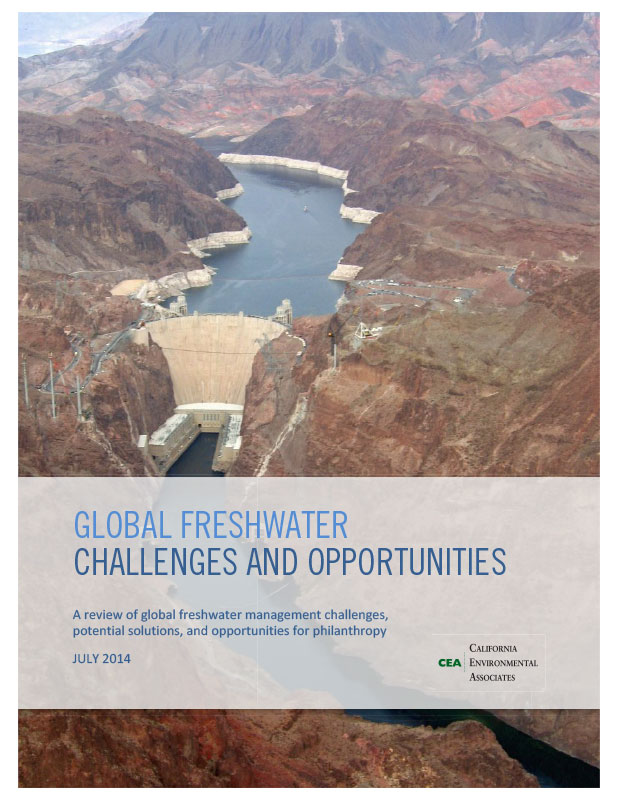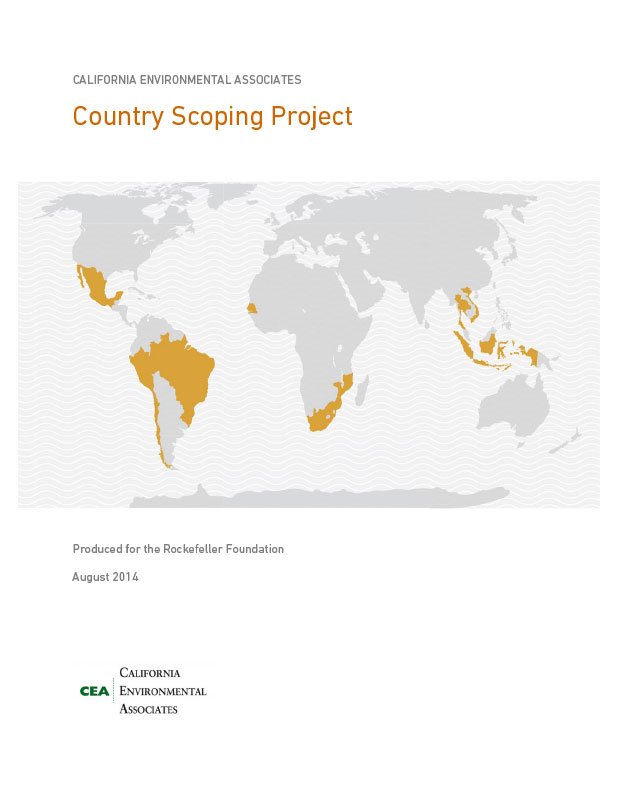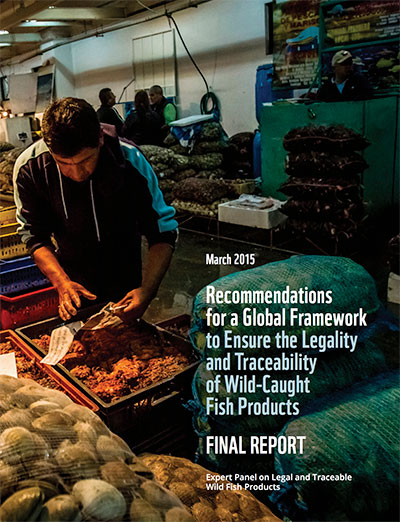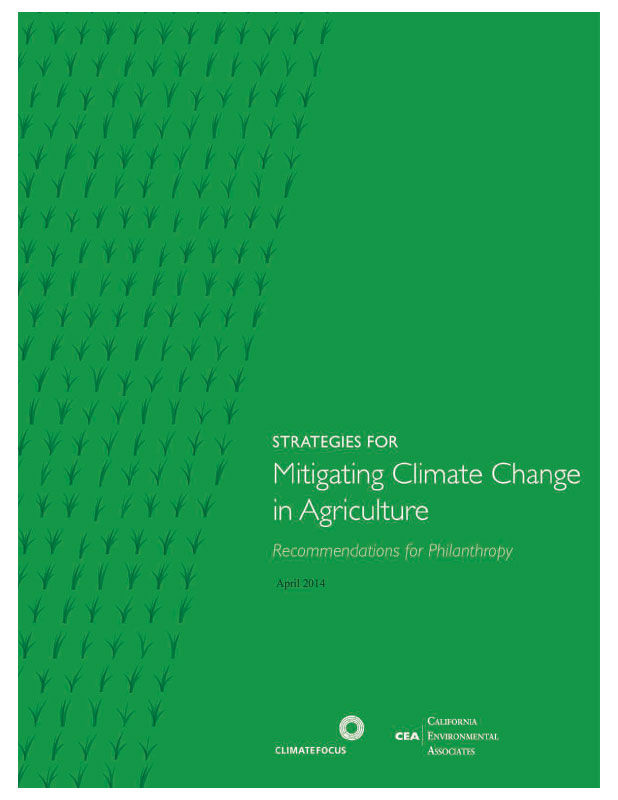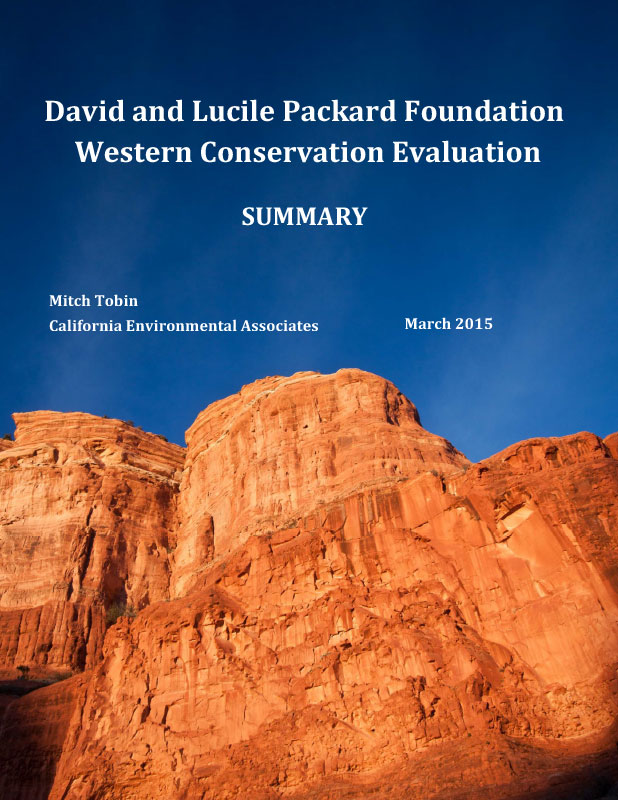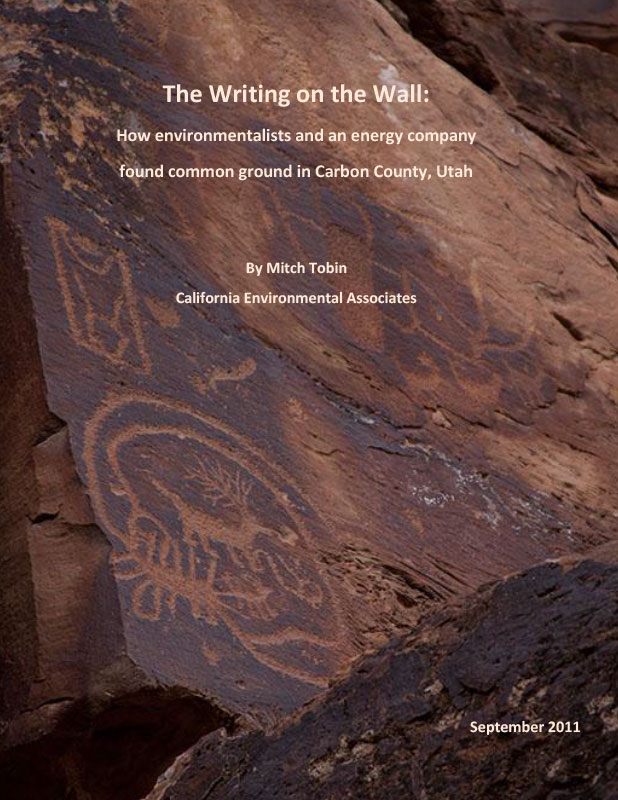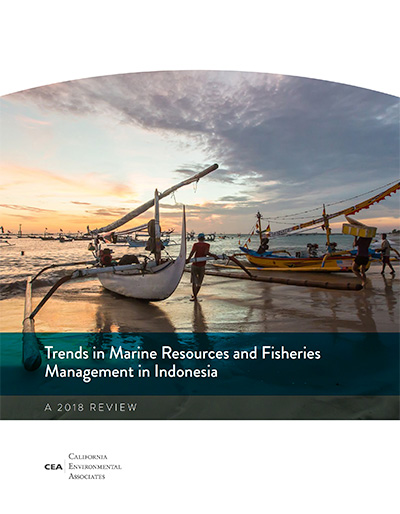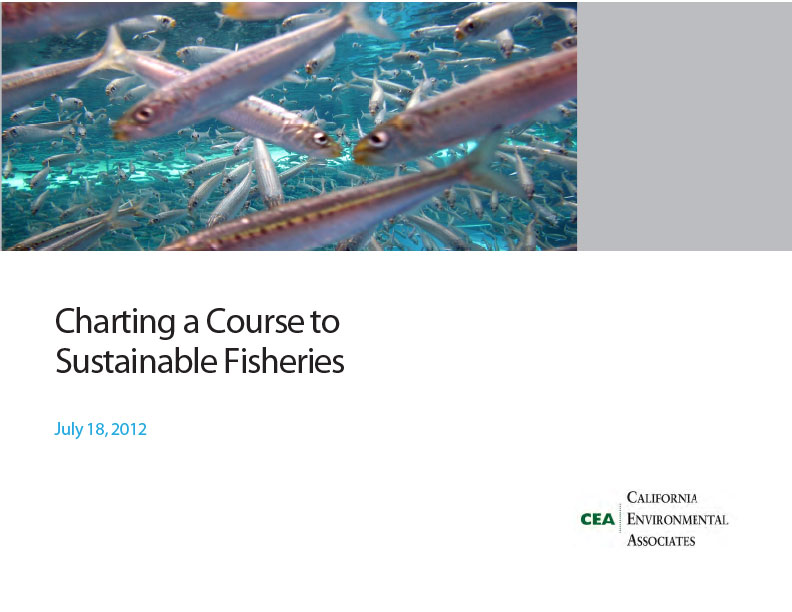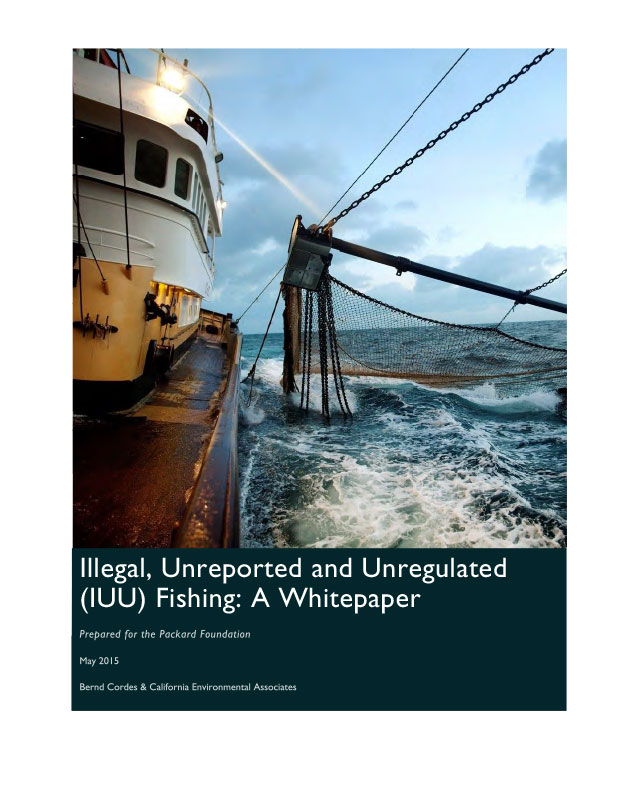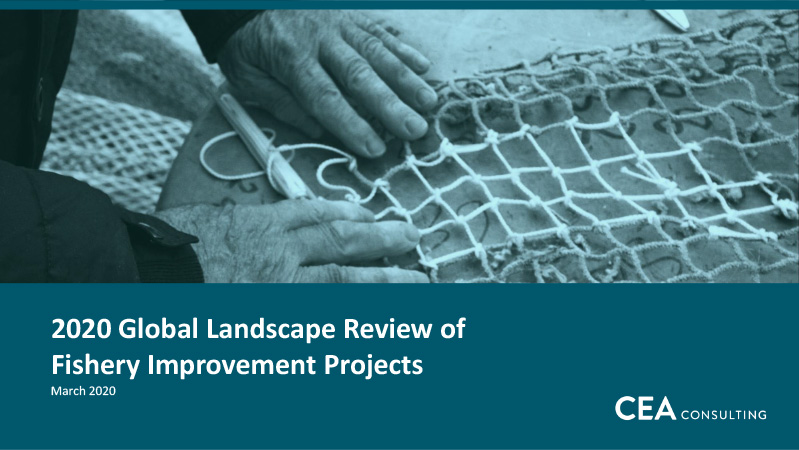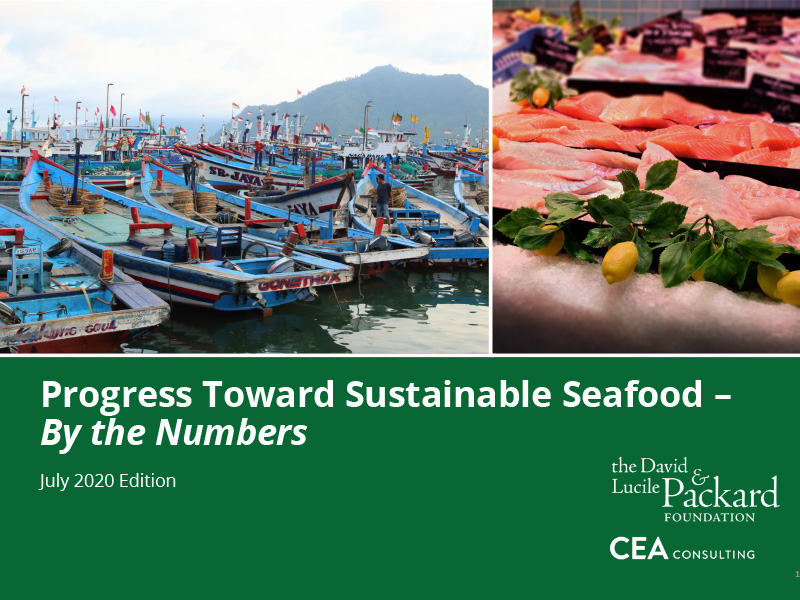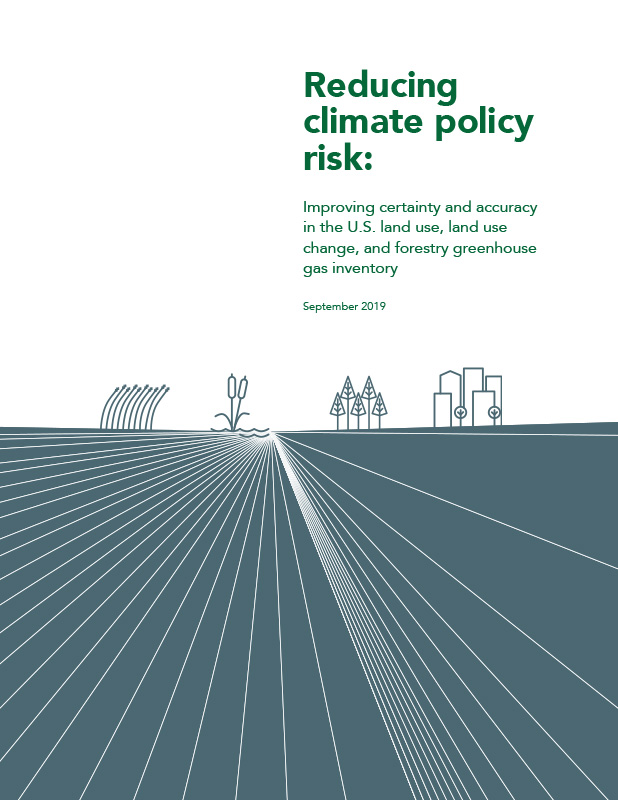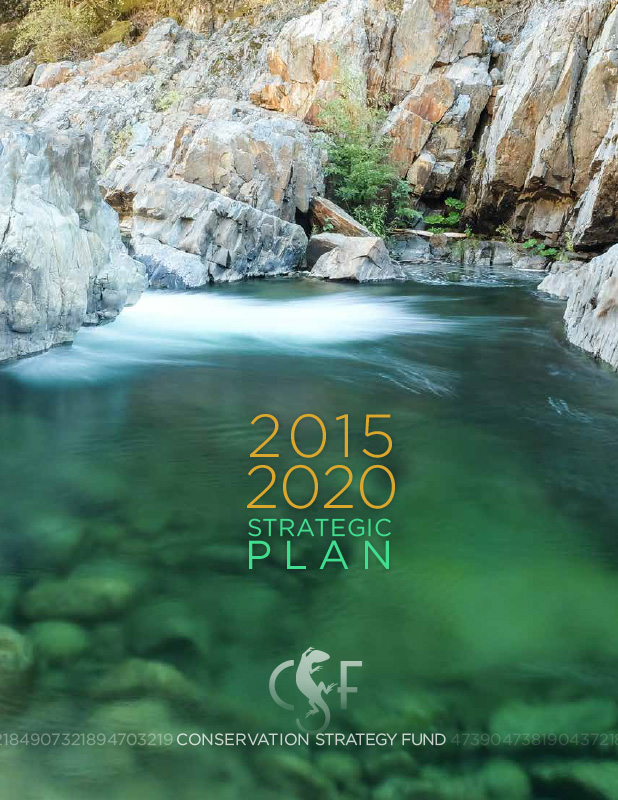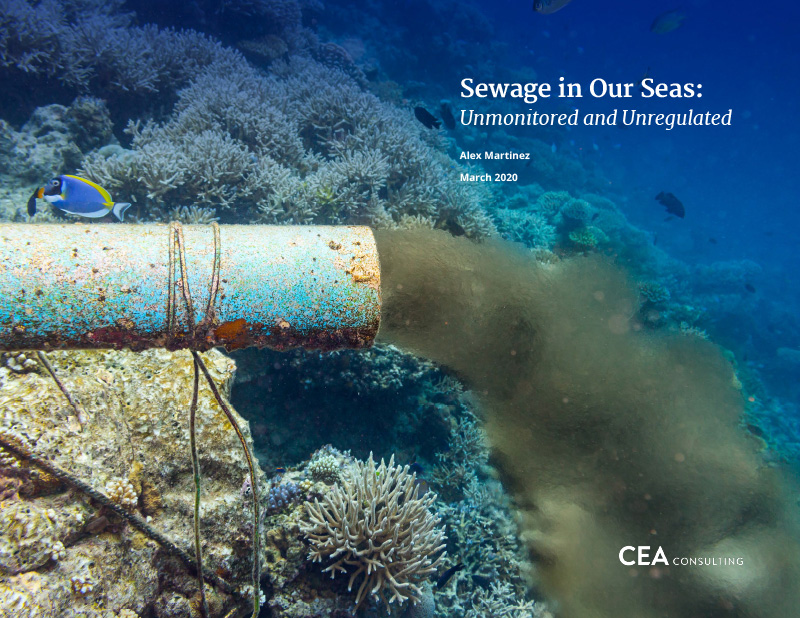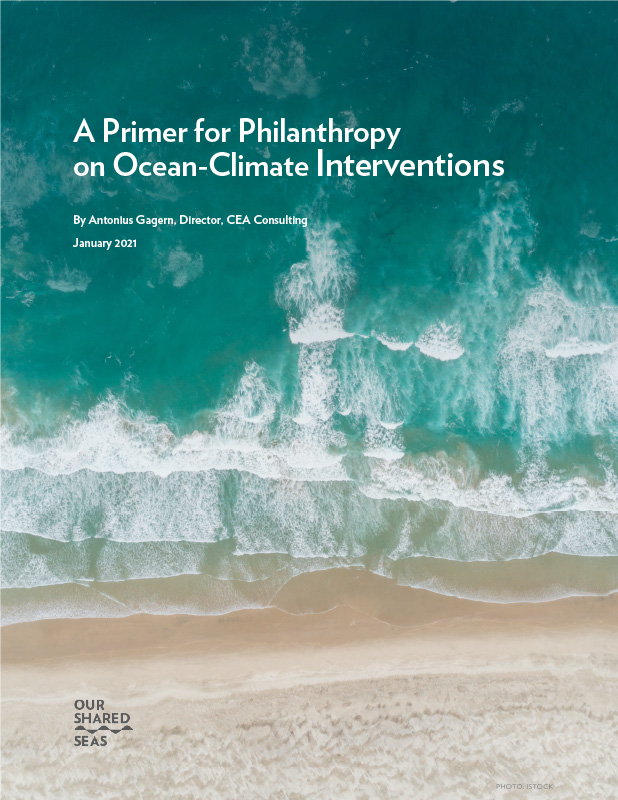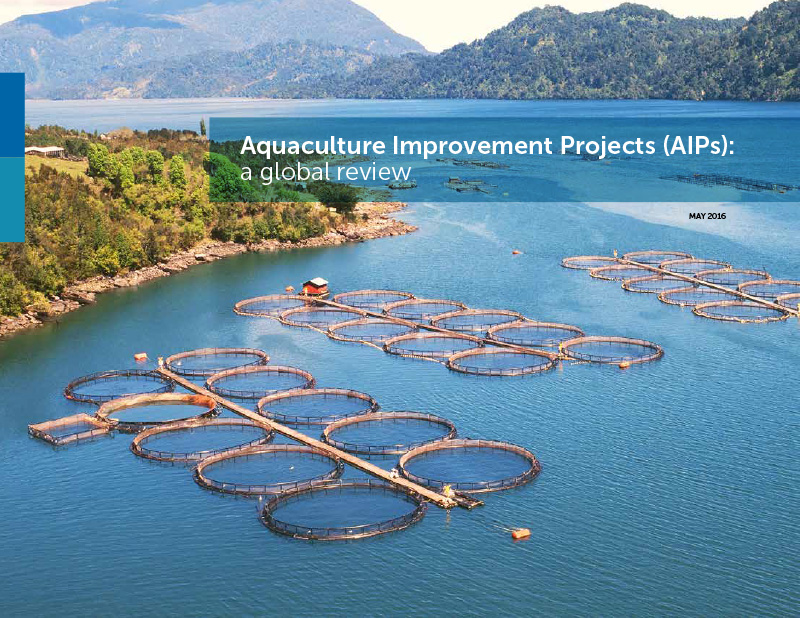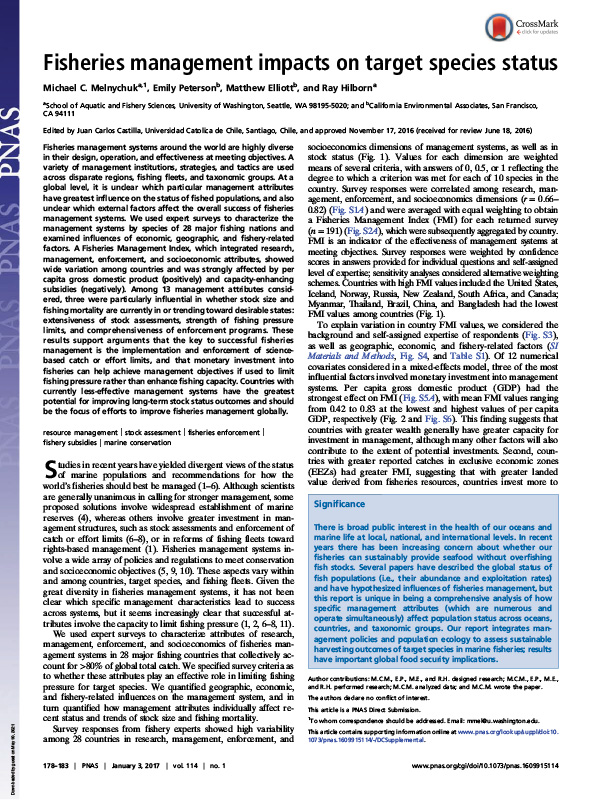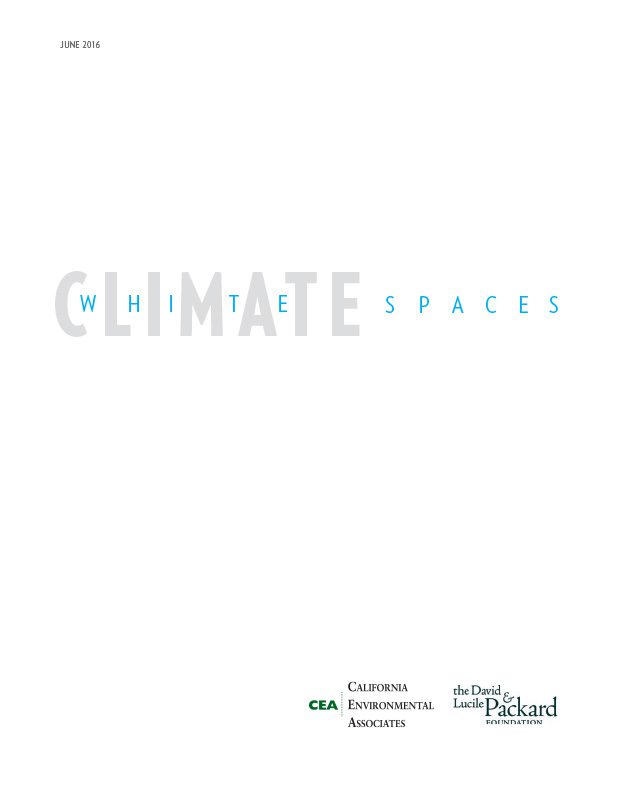Browse featured publications:
-

The David and Lucile Packard Foundation
Bioenergy Burning: A Compendium of Studies
This document is a compendium of various written products CEA has produced for The David and Lucile Packard Foundation’s Beyond Bioenergy strategy over the past five years. The information includes: a briefing presented on the current trends, threats, and opportunities presented by bioenergy; a primer on bioenergy and its economics and emissions profile; an analysis to quantify the emissions footprint of bioenergy; and high-level findings from CEA’s 2023 mid-term review of the 2020-2024 Beyond Bioenergy strategy.
-

CLIMA Fund
Soil to Sky: Climate Solutions that Transform
This report synthesizes evidence of how grassroots movements successfully mitigate climate change, specifically in the food and energy sectors. This report was prepared by CEA Consulting with support from Gopal Dayaneni at the request of the CLIMA Fund, a funder collaborative comprised of four public foundations: Global Greengrants Fund, Grassroots International, Thousand Currents, and the Urgent Action Fund for Women’s Human Rights. The report seeks to spark inspiration and reflection within the climate funding community by: 1) lifting up effective grassroots climate solutions shifting food and energy systems, and 2) providing recommendations on who, how, and what to fund for durable and transformative change.
-

The Kresge Foundation
Climate Resilient & Equitable Water Systems Capital Scan
In partnership with Mission Point Partners, CEA assessed opportunities to invest philanthropic and impact capital toward solutions to address climate-related impacts on water systems, enhance climate resilience, and provide safe, healthy, affordable water for all people.
-

Clean Cooling Collaborative
How countries can enhance Nationally Determined Contributions in 2021 with climate-friendly cooling
This paper categorizes actions that can be taken to enhance NDCs with climate-friendly cooling, summarizing the work being done in 10 countries, as well as signposting how an additional 45 countries have included climate friendly cooling in their enhanced NDCs.
-

Prime Coalition
Inaugural Climate Impact Audit
In 2020, CEA served as the external partner to Prime Coalition to conduct their inaugural, third-party, climate impact audit. The initial audit focused on reviewing the impact assessment tools that Prime employs. The resulting report outlines high-level findings and presents the audit methodology.
-

David and Lucile Packard Foundation
Opportunities for Ocean Climate Action in the United States: Summary for Policymakers
This report presents a first-ever quantification of the potential for ocean-based climate solutions in the United States. It provides a U.S.-level lens to build upon similar analysis conducted at the global level by the High Level Panel for a Sustainable Ocean Economy.
-

High-Level Panel for a Sustainable Ocean Economy
The Oceans as a Solution to Climate Change
In 2019, CEA contributed to a comprehensive, integrated assessment of the mitigation potential of a suite of ocean-based activities, in partnership with the High Level Panel for a Sustainable Ocean Economy.
-

Rare
Changing Behaviors to Reduce U.S. Emissions: Seven Pathways to Achieve Climate Impact (2019)
In partnership with Rare, CEA conducted an analysis to identify the individual behaviors that have the greatest potential to reduce greenhouse gas emissions in the U.S.
-

CLIMA Fund
Soil to Sky: Climate Solutions that Work
This report aggregates research on the use of grassroots solutions in addressing climate change. It was prepared by CEA Consulting on behalf of the CLIMA Fund (Climate Leaders in Movement Action). It is the first known attempt to quantify the contributions of grassroots solutions to climate change.
-

The Nature Conservancy
Catalyzing the Growth of Electronic Monitoring in Fisheries (2018)
This report presents an overview of the current state of electronic monitoring (EM) in fisheries, the benefits of the technology, and the main barriers to broader adoption, as well as a set of recommendations to help catalyze the growth of EM in fisheries. CEA conducted the analysis presented in this report on behalf of and in partnership with The Nature Conservancy in 2018.
-

The Nature Conservancy
Catalyzing the Growth of Electronic Monitoring in Fisheries: Progress Update (2020)
This report is a progress update on CEA and TNC’s original (2018) assessment of electronic monitoring in fisheries. This report revisits the original recommendations, tracks the progress and new innovations that have been made, identifies key remaining barriers, and updates the investment blueprint based on what has changed or been learned over the last year and a half. Website: https://www.fisheriesem.com/
-

K-CEP
Not Passing on Passive Cooling
CEA produced this briefing in collaboration with K-CEP, Sustainable Energy for All, and Cool Coalition, to highlight the climate benefits of passive cooling solutions and to outline the role that philanthropy can play in accelerating their adoption.
-

The David and Lucile Packard Foundation
Ending Tropical Deforestation: The Global Debate about Biofuels and Land-Use Change
In partnership with World Resources Institute and the David and Lucile Packard Foundation, CEA authored a working paper on the state of the biofuels industry and its links to tropical deforestation. This paper was published as part of the Oslo Tropical Forest Forum 2018.
-

The David and Lucile Packard Foundation
Our Shared Seas
CEA authored and edited this comprehensive guide to ocean conservation. It provides a synthesis of recent trends and emerging research on the marine environment in a plain-language compilation as an information resource for ocean conservation funders and practitioners. This report has evolved into a website, curated by CEA, which publishes up to date research, information, and synthesis on the state of ocean conservation.
-

Climate and Land Use Alliance
Challenges and Opportunities for Conservation, Agriculture Production, and Social Inclusion in the Cerrado Biome
In 2015/2016, on behalf of the Climate and Land Use Alliance, CEA developed this assessment on the Cerrado Biome. The work was conducted in partnership with a Brazilian project manager and with guidance and input from several Brazilian civil society organizations and researchers. CEA also developed a set of strategic recommendations based on our research, designed to contribute to the development of CLUA’s emerging Cerrado strategy.
-

The David and Lucile Packard Foundation, Doris Duke Charitable Foundation, Energy Foundation, Joyce Foundation, Oak Foundation, William and Flora Hewlett Foundation
Design to Win
This seminal report, authored by CEA in 2007, helped to launch the ClimateWorks Foundation. It was an early exploration of how philanthropy could have a greater impact on mitigating climate change. Using cost curves and other research, the “Design to Win” analysts ranked investments by their potential to reduce greenhouse gas emissions and their ability to prevent the “lock-in” of long-lived, carbon-intensive infrastructure.
-

Energy Foundation, Global Cool Cities Alliance
Global Cool Cities Alliance: Strategy and Operations Plan
From 2008 through 2014, CEA supported the scoping, launch, and development of the Global Cool Cities Alliance (GCCA). GCCA is a non-profit organization dedicated to accelerating a worldwide transition to cooler, healthier cities. CEA authored this business plan as part of its role in incubating GCCA. CEA subsequently supported the search and hire of GCCA’s founding Executive Director and served as part-time staff support for several years.
-

Global Cool Cities Alliance
A Practical Guide to Cool Roofs and Cool Pavements
From 2008 through 2014, CEA supported the scoping, launch, and development of the Global Cool Cities Alliance (GCCA). GCCA is a non-profit organization dedicated to accelerating a worldwide transition to cooler, healthier cities. In partnership with GCCA staff, CEA produced this “primer” to introduce a wide audience to the technical features and benefits of cool roofs and cool pavements.
-

Slow Money, CEA Consulting
Local Foods: A Guide for Investors and Philanthropist
CEA published this white paper on investment opportunities in local foods, based on three local food economy assessments that CEA conducted on behalf of Slow Money in 2008 and 2009.
-

Sustainable Conservation
Greenhouse Gas Mitigation Strategies for California Dairies
In 2015, CEA worked with Sustainable Conservation, in partnership with both the California Air Resources Board (CARB) and the dairy industry, to further investigate the economic implications of various options to reduce methane emissions from California dairies in the context of California’s emerging Short-Lived Climate Pollutant Reduction Strategy.
-

The Pew Charitable Trusts
Roadmap for Electronic Monitoring in RFMOs
This report explores the necessary elements of a well-designed EM program and explores unique considerations for fisheries that are managed by an RFMO.
-

Rockefeller Foundation
Exploring Incentive Based Solutions for Freshwater Management
From 2013 to 2017, CEA served as a partner to the Rockefeller Foundation’s Revalue Ecosystems program. CEA helped the Rockefeller team explore and execute new initiatives under this program. In partnership with Rockefeller and grantees, CEA produced several public-facing reports during this time.
-

Rockefeller Foundation
Global Freshwater: Challenges and Opportunities
From 2013 to 2017, CEA served as a partner to the Rockefeller Foundation’s Revalue Ecosystems program. CEA helped the Rockefeller team explore and execute new initiatives under this program. In partnership with Rockefeller and grantees, CEA produced several public-facing reports during this time.
-

Rockefeller Foundation
Fisheries Country Scoping Study
From 2013 to 2017, CEA served as a partner to the Rockefeller Foundation’s Revalue Ecosystems program. CEA helped the Rockefeller team explore and execute new initiatives under this program. In partnership with Rockefeller and grantees, CEA produced several public-facing reports during this time.
-

World Wildlife Fund
Recommendations for a Global Framework to Ensure the Legality and Traceability of Wild-Caught Fish Products
The Expert Panel on Legal and Traceable Wild Fish Products is a multidisciplinary expert group, convened by WWF, to promote a global framework for ensuring the legality and traceability of all wild-caught fish products. In 2015, CEA helped to produce this report, outlining the recommendations of the panel. This report was submitted to the Presidential Task Force on Combating Illegal, Unreported, and Unregulated (IUU) Fishing and Seafood Fraud, and shared among international leaders on IUU.
-

Climate and Land Use Alliance
Strategies for Mitigating Climate Change in Agriculture
This report, which CEA co-authored with Climate Focus on behalf of the Climate and Land Use Alliance, examined the global greenhouse gas mitigation potential of the agriculture sector. It presents a first-of-its kind global, meta-analysis for the sector.
-

The David and Lucile Packard Foundation
David and Lucile Packard Foundation Western Conservation Evaluation: Summary
From 2010 to 2014, CEA served as a third-party evaluator of the Western Conservation subprogram. We conducted numerous investigations of the Foundation’s work in the region and produced deeper dives on specific grantmaking clusters. This report summarizes the findings of a final evaluation for the program, conducted in 2015.
-

The David and Lucile Packard Foundation
The Writing on the Wall: How environmentalists and an energy company found common ground in Carbon County, Utah
This report, authored by CEA on behalf of the David and Lucile Packard Foundation, examines a deal between the Southern Utah Wilderness Alliance and the Bill Barrett Corporation that shrank the footprint of a major natural gas development near Utah’s Desolation Canyon.
-

The David and Lucile Packard Foundation
Trends in Marine Resources and Fisheries Management in Indonesia: A 2018 Review
This report seeks to aggregate the best available data on marine resources in Indonesia, and to provide light analysis on marine fisheries statistics and trends in politics, policy, and government priorities to provide an evidence base for stakeholders.
-

Walton Family Foundation, Oak Foundation, Gordon and Betty Moore Foundation, David and Lucile Packard Foundation
Charting a Course to Sustainable Fisheries
This is a seminal report, published by CEA with the support of several foundations and a host of advisors and partners. It assesses the extent, causes, and potential solutions to global overfishing.
-

The David and Lucile Packard Foundation
Illegal, Unreported and Unregulated (IUU) Fishing: A Whitepaper
This whitepaper characterizes the status of IUU fishing, the philanthropic community’s current activities to address it, and potential opportunities for the Packard Foundation to engage in initiatives that seek to reduce IUU. The paper was drafted in March and April 2015 by Bernd Cordes and CEA, and was compiled through a combination of desk research and a handful of select interviews.
-

Walton Family Foundation, Rockefeller Foundation, Gordon and Betty Moore Foundation, David and Lucile Packard Foundation
Global Landscape Review of Fishery Improvement Projects (FIPS): Summary Findings
The purpose of this report is to synthesize the findings from our eight-month investigation of fishery improvement projects (FIPs), for which we conducted 30 site visits and over 140 interviews globally. The goal of this investigation was to understand how FIPs are currently implemented around the world and characterize their progress, best practices, and lessons learned.
-

The David and Lucile Packard Foundation
Progress Toward Sustainable Seafood – By the Numbers
CEA serves as the monitoring, evaluation and learning partner for several of the Packard Foundation’s ocean programs, including the Global Seafood Markets Program. This report is a public synthesis of much of the monitoring work that CEA conducts on behalf of the foundation.
-

Doris Duke Charitable Foundation
Reducing Climate Policy Risk
This report identifies the largest sources of uncertainty and omitted greenhouse gas (GHG) fluxes in the land use, land use change, and forestry (LULUCF) sections of the U.S. National Greenhouse Gas Inventory (NGHGI). It provides recommendations for how to address the highest priority uncertainties and omissions. The report and underlying analysis was developed by CEA in partnership with partners and advisors.
-

Conservation Strategy Fund
2015 to 2020 Strategic Plan: Conservation Strategy Fund
In 2014, CEA worked closely with CSF’s leadership to evaluate the needs, challenges, and opportunities for the organization and help them make important decisions about key elements of the organization’s next five years of growth, including: funding model, program and geographic expansion, organizational structure, board structure, executive leadership, and communications.
-

Oceankind
Sewage in Our Seas: Unmonitored and Unregulated
Around the world, human sewage is an invisible threat to coral reefs, coastal economies, and human health—loosely monitored and understudied. This report dives into this issue through the lens of five country-level case studies focused on Australia, Fiji, Honduras, Indonesia, and the Philippines.
-

Oceankind
A Primer for Philanthropy on Ocean-Climate Interventions
The marine conservation community has an important role to play in shaping a robust response to climate change. This primer provides a map of ocean-climate interventions, categorized by mitigation, sequestration, and adaptation efforts.
-

Gordon and Betty Moore Foundation
Aquaculture Improvement Project
This report summarizes the findings from CEA’s four-month investigation during early 2016 of aquaculture improvement projects (AIPs). The goal of our investigation was to understand how AIPs are currently implemented globally, and to distill what insights and lessons might be gleaned from the approach.
-

The David and Lucile Packard Foundation, The Nature Conservancy
Fisheries Management Index
CEA collaborated with researchers from the University of Washington to provide the first-ever index covering research, management, enforcement, and socioeconomic dimensions for the leading fishing countries of the world. Since the original publications, University of Washington collaborators have updated the index on a regular basis.
-

The David and Lucile Packard Foundation
Climate White Spaces
Recognizing the growing urgency of climate change, the Packard Foundation commissioned CEA to conduct interviews with several dozen climate experts in the summer of 2015 to identify additional promising areas for philanthropic work.
The purpose of these conversations was to develop a general sense of whether there are significant “white spaces,” or strategic gaps, within the climate mitigation field. The report is a high level, public synthesis of those conversations with experts.
This analysis was ultimately used to inform the foundation’s internal deliberations on how to promote innovation and breakthrough strategies in the climate response, and the findings informed the creation of the Climate Breakthrough Project, an initiative launched in 2016 by the Packard Foundation in collaboration with the Oak and Good Energies foundations.
